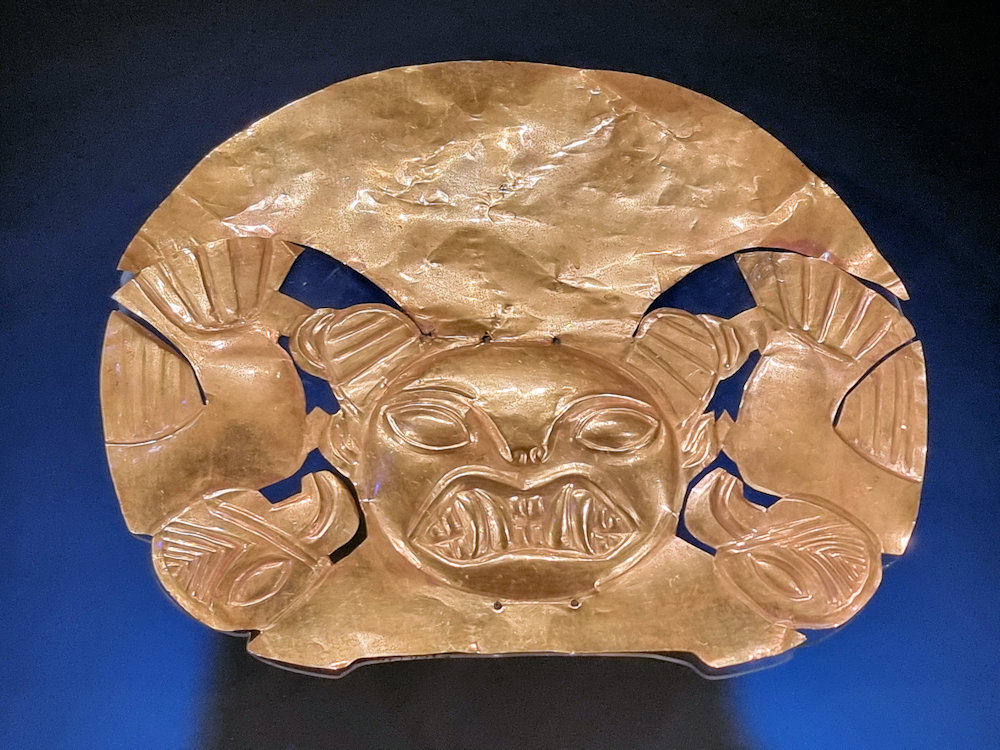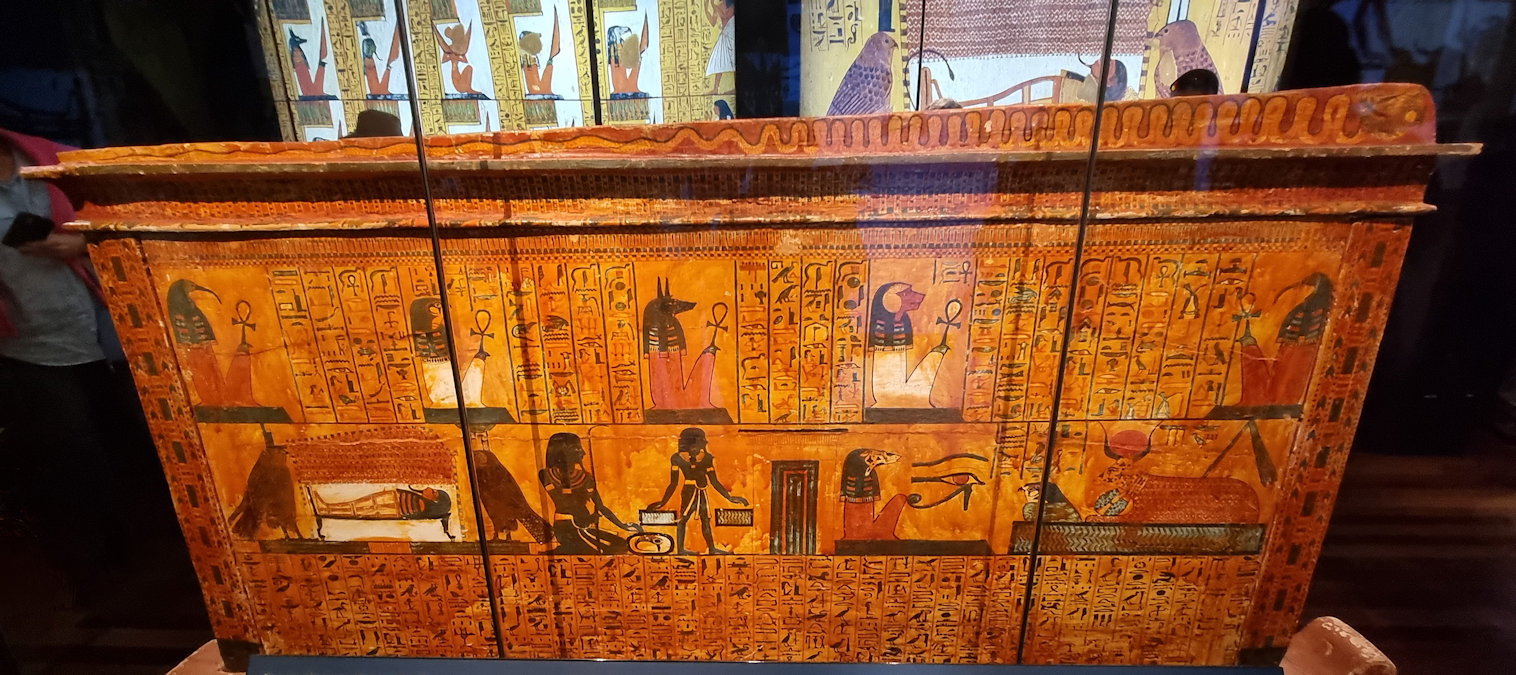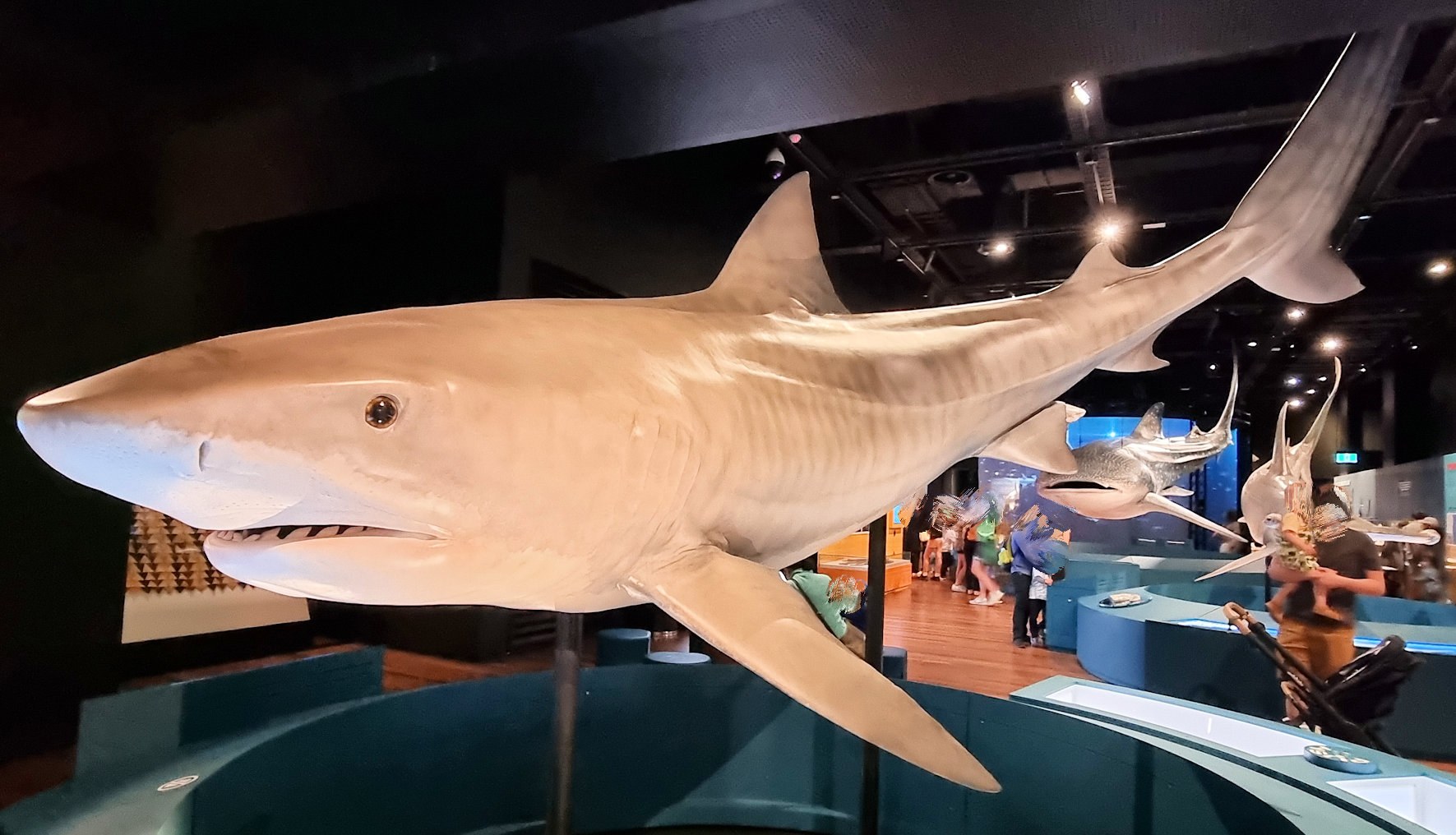Tag: Australian Museum
-
Machu Picchu at the Australian Museum Sydney

Machu Picchu at the Australian Museum Sydney Open until the 23rd of February 2025 at the Australian Museum in Sydney, Machu Picchu and the Golden Empires of Peru is a unique opportunity to experience Andean culture in Sydney. With over 130 artifacts from five Peruvian Empires to see it’s an amazing experience. Getting There The Domain… Read more
-
Ramses the Great at the Australian Museum

Ramses the Great at the Australian Museum Running until May 19, 2024, The Australian Museum is currently hosting an exhibition centred on the Egyptian Pharoah Ramses II. This was a great opportunity to see some of the most important artifacts from ancient Egypt, without having to leave Australia. Featuring over 180 artifacts, this is a large… Read more
-
Sharks Australian Museum

Sharks at the Australian Museum Running until January 2023, the Sharks Exhibition at the Australian Museum is a fascinating display detailing everything you would want to know about sharks. From their origins and evolution, to their interactions with humans and the threats to their future, this is a very educational exhibition. The Displays Most of… Read more